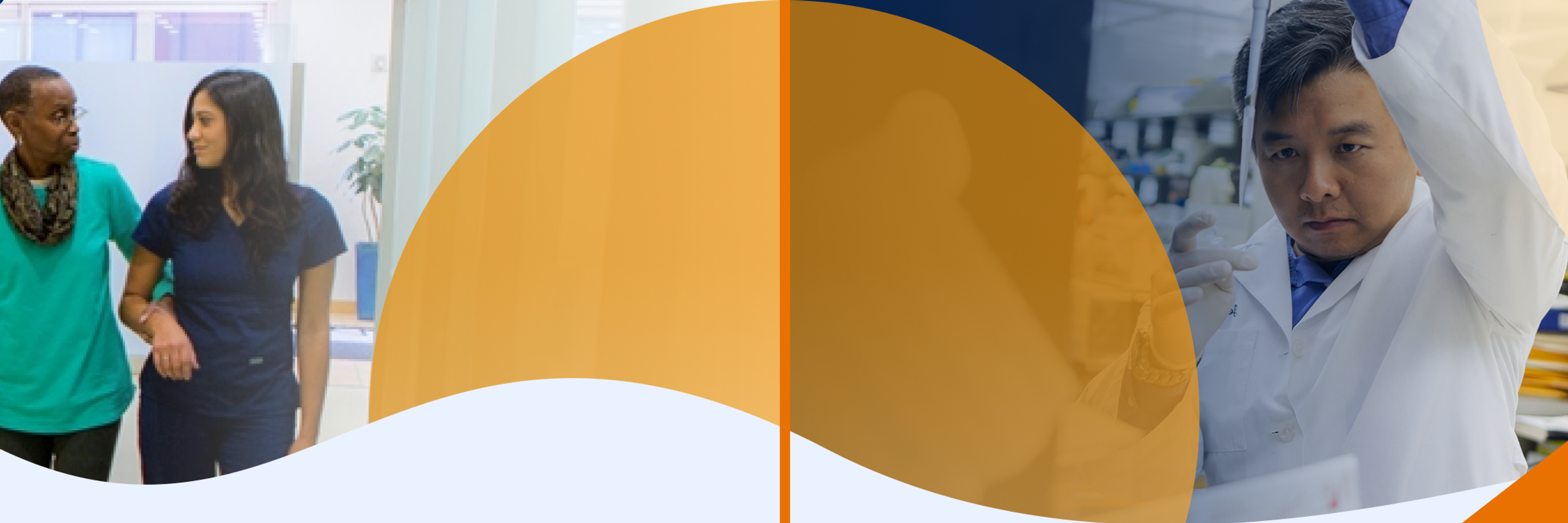
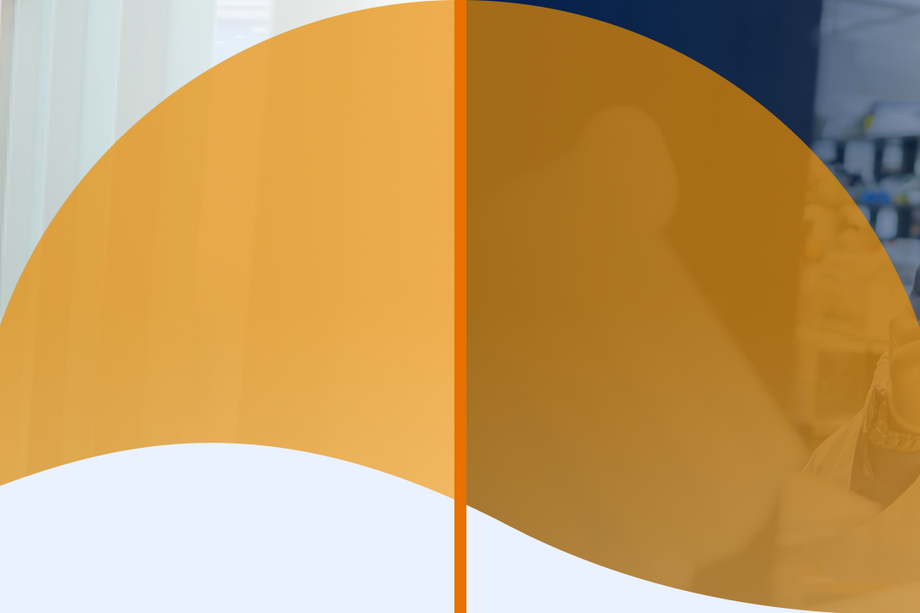
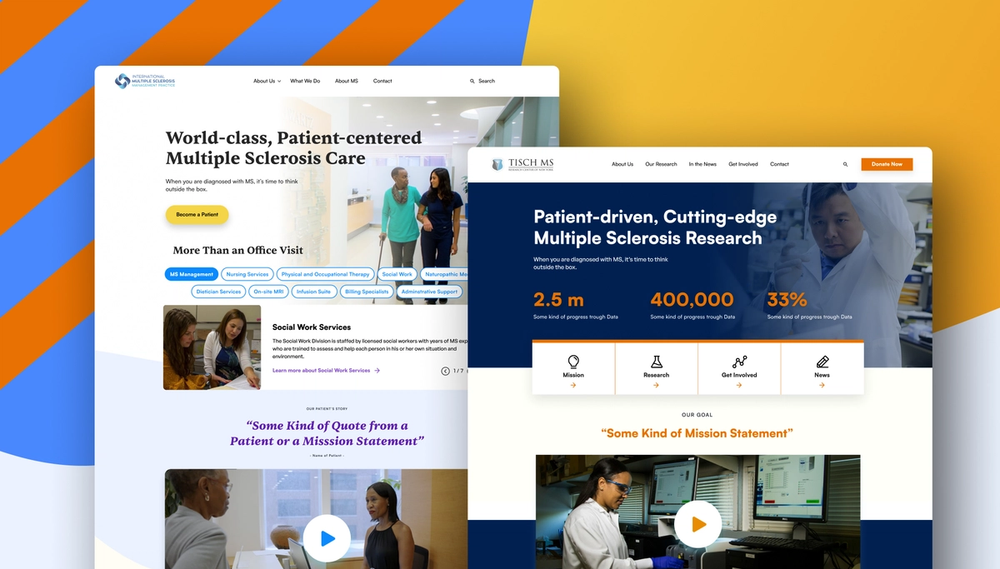
The organization also had a challenge with staffing: there were only a few administrative users who were in charge of managing both sites. Running two separate content systems had become inefficient and unsustainable. This situation made it imperative to unify backend operations while at the same time protecting the different branding and functionality of each site.
Cheppers’s Proposed Solution
We started by engaging in a competitive tender process where we presented our initial UX/UI concept designs, which the client accepted. Thereafter, we started a phased project that involved improving the digital presence of both platforms and improving the editorial process.

Our approach included designing a single Drupal-based backend that could handle both websites with two separate frontends. This architecture helped in the central management of content, thus saving time and the burden of the administrative team. At the same time, it allowed each site to maintain its own design and user flow.
In the first phase, we carried out a detailed analysis of the current platforms. After collecting data and conducting workshops with the client, we redesigned the information architecture of both websites, harmonizing the design system but keeping the required differences. We also tried to reduce the number of unique frontend components so that the design language would be the same and thus speed up the development and make the future maintenance easier.
The design was tackled iteratively: Wireframes, mood boards, and detailed UI designs were created and reviewed in close collaboration with stakeholders. Special attention was paid to accessibility, mobile responsiveness and clarity of navigation as the audience was diverse and included medical professionals, patients and their families.
From the back end point of view, we created reusable content types and features even for the functionality that was specific to one of the sites. This modularity meant that features could be enabled across both platforms if required in the future. The system was designed with scalability and future proofing in mind.
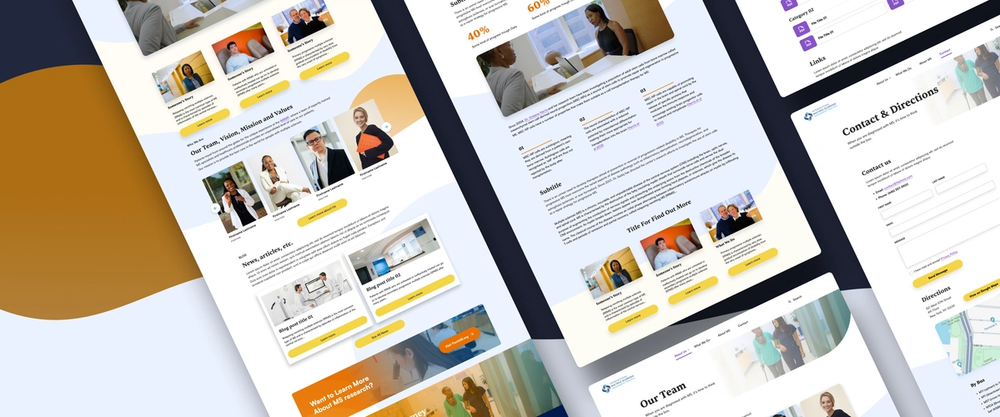
Results and Impact of Our Project
The new platform has greatly enhanced the efficiency of content management as the editorial team can manage both sites from one interface. Workflows were streamlined, and content duplication was eliminated, and content updates were made simpler across platforms.
The unified design system resulted in a more consistent and modern user experience, which in turn increased engagement and usability for all visitor types. Patients could get more information about the clinical services, while researchers and donors would find it easier to understand the work of the institute.

Through the use of shared components and smart design principles, we minimized the development time and made it possible to have cost effective maintenance in the future. Importantly, the platform is now flexible enough to support future enhancements, such as multilingual support, advanced search, and third party integrations (for example, appointment systems or research publication APIs).
The success of the Tisch/IMSPM project shows how well-considered UX, well-thought-out technical strategy, and contemporary development approaches can turn outdated digital environments into efficient, user-friendly systems that meet the needs of both the organization and the users.
Share
Similar projects
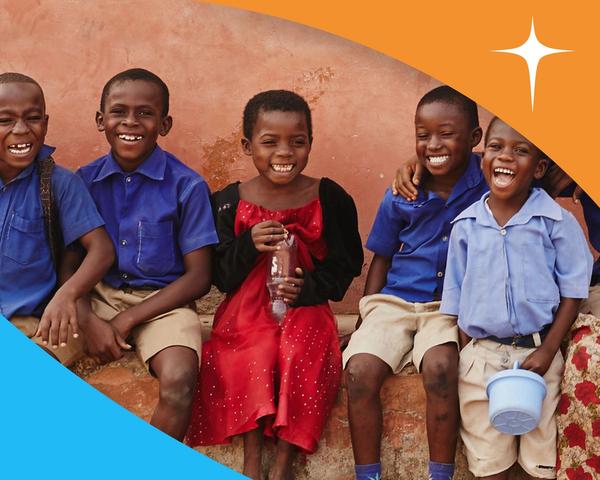
Our professional knowledge of Drupal together with extensive experience with international NGOs led World Vision Germany to choose us for digital platform enhancement.
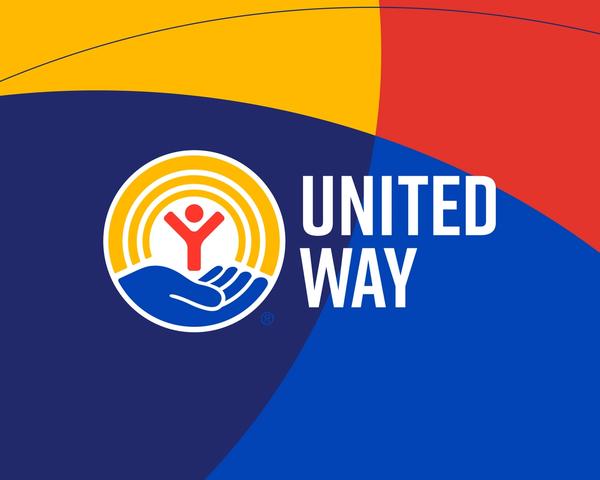
Due to our extensive experience and proven track record with Drupal-based projects, we were chosen by United Way as their dedicated Drupal solutions partner. Building on several years of successful cooperation, we initiated a comprehensive project to update and restructure United Way Online, the intranet and collaboration platform used by hundreds of NGOs worldwide, providing essential tools for community-driven initiatives and organizational collaboration.
